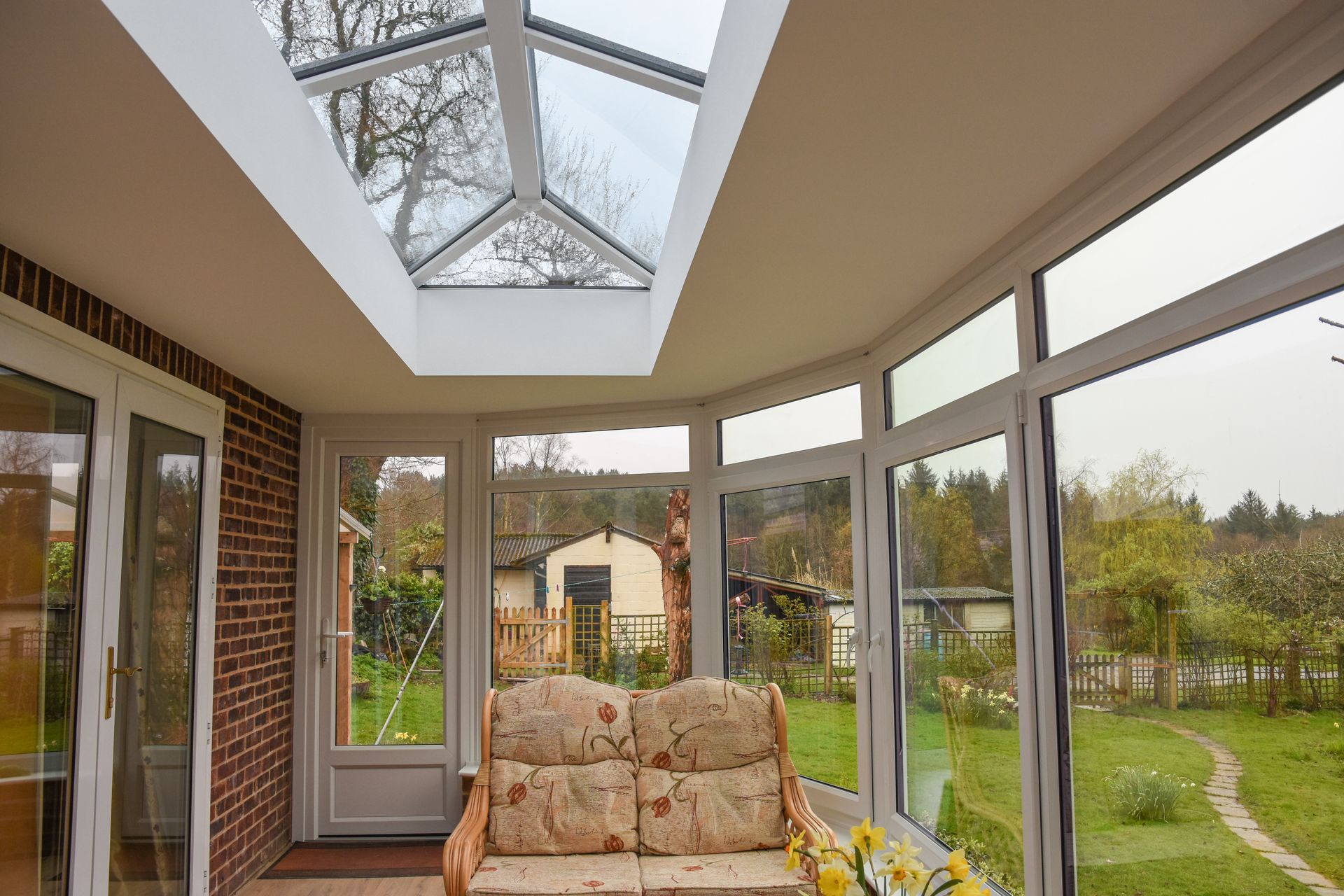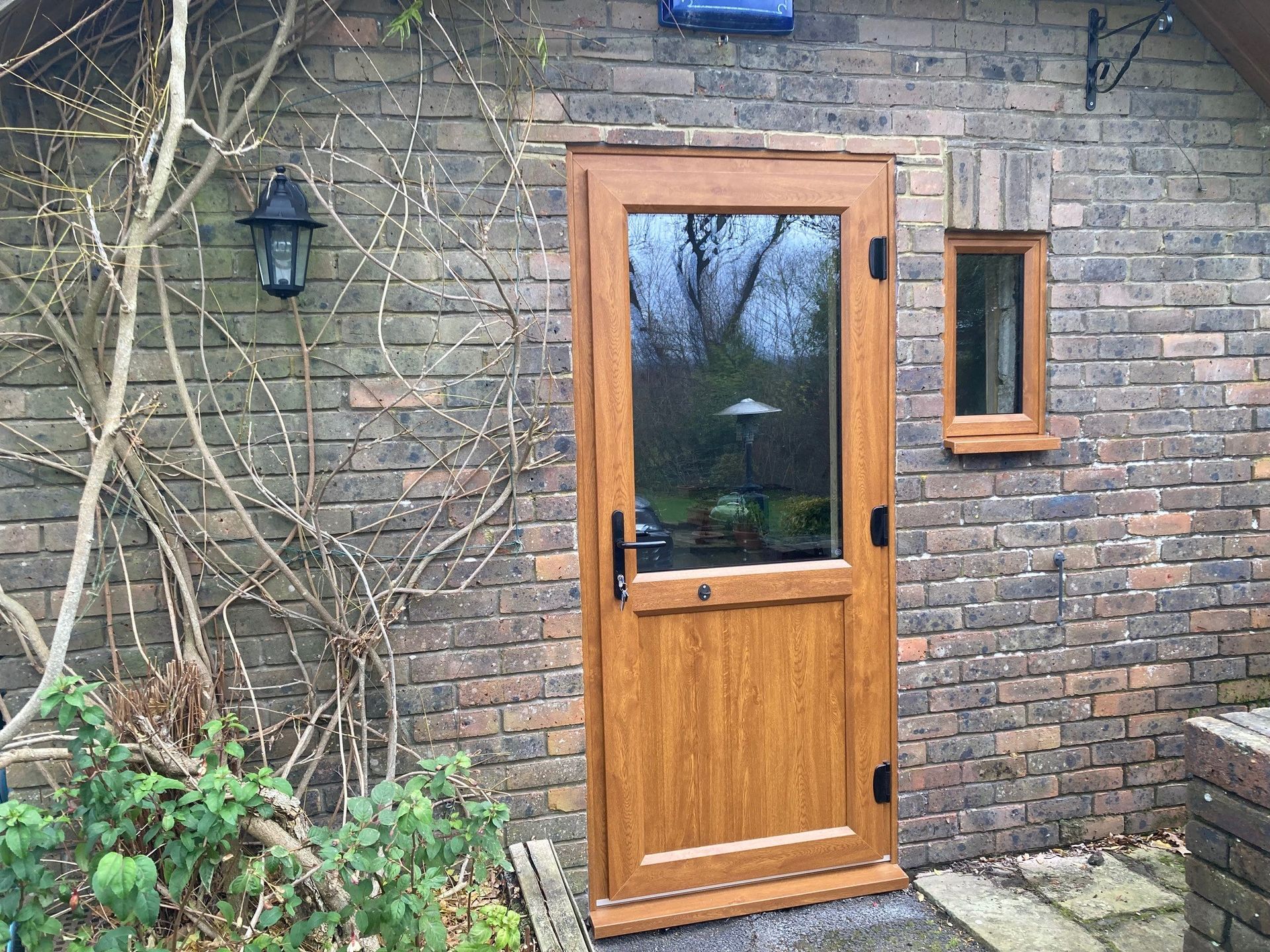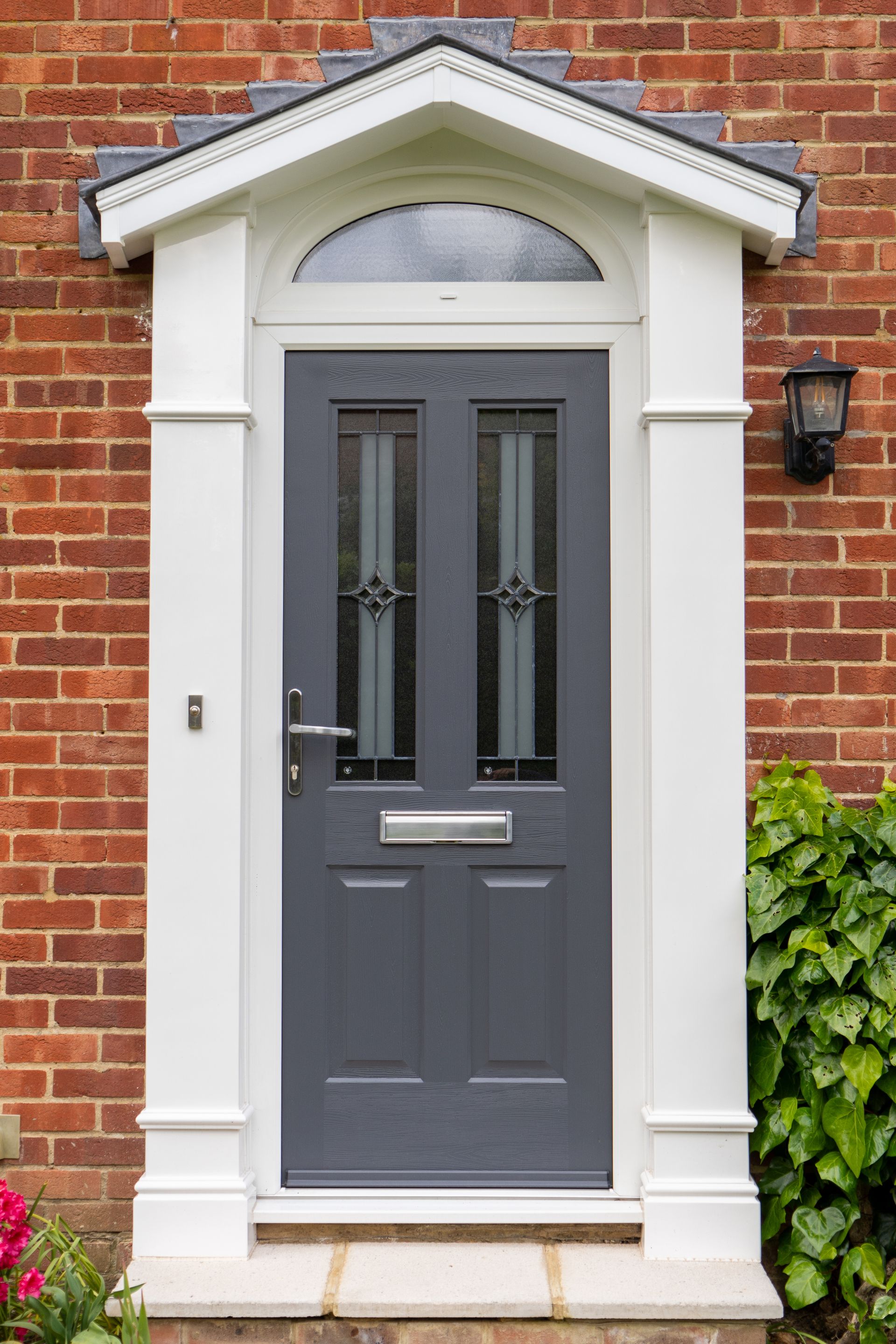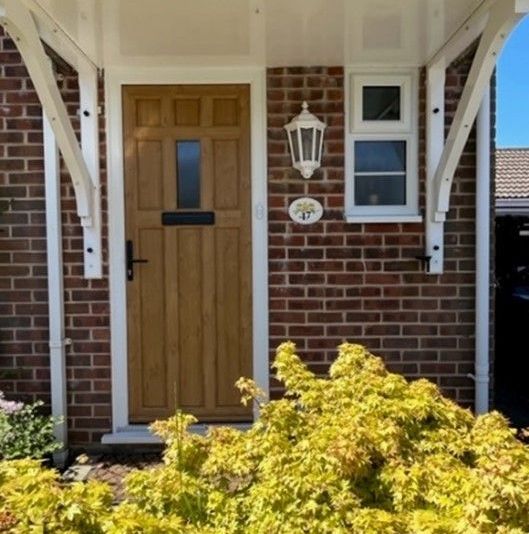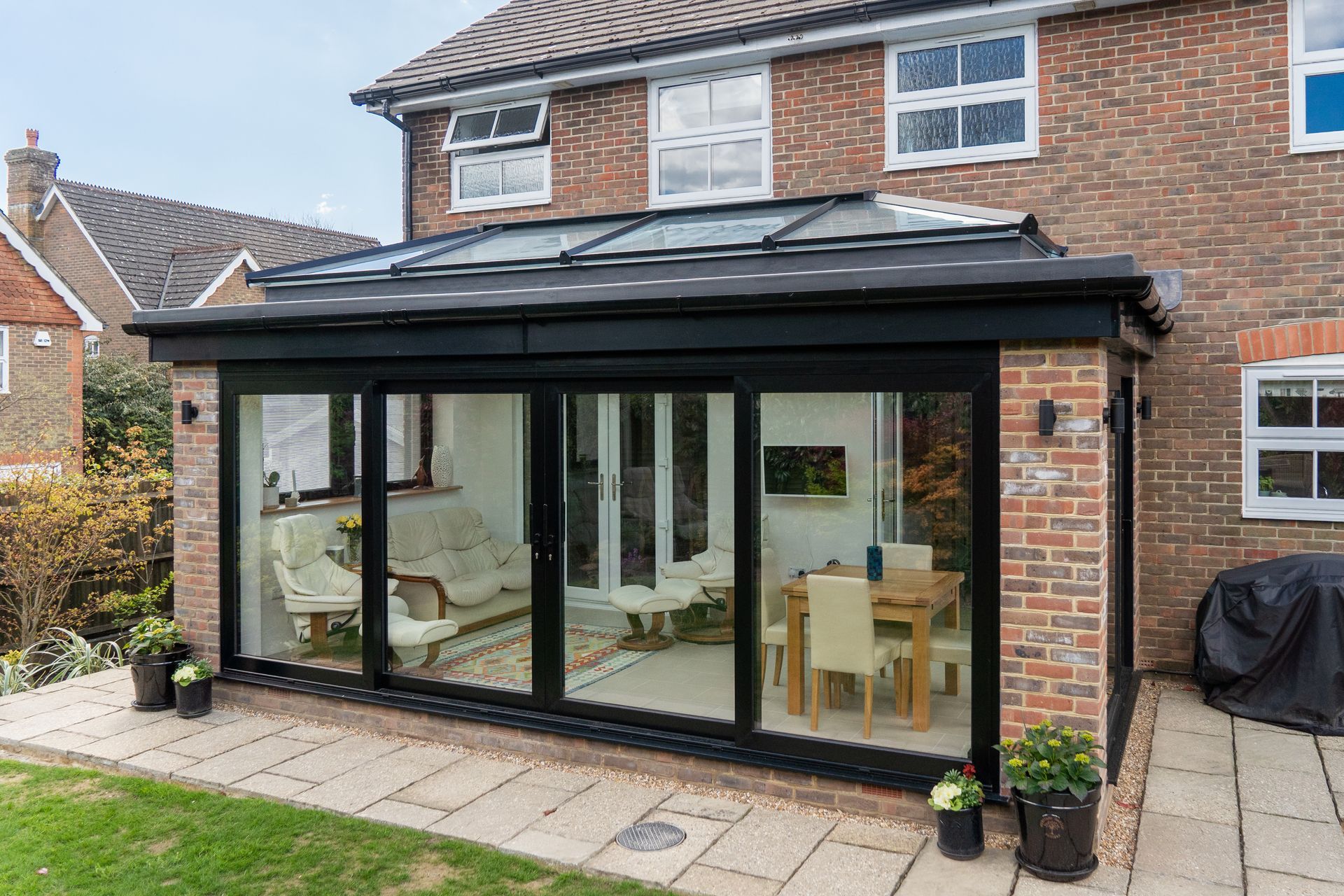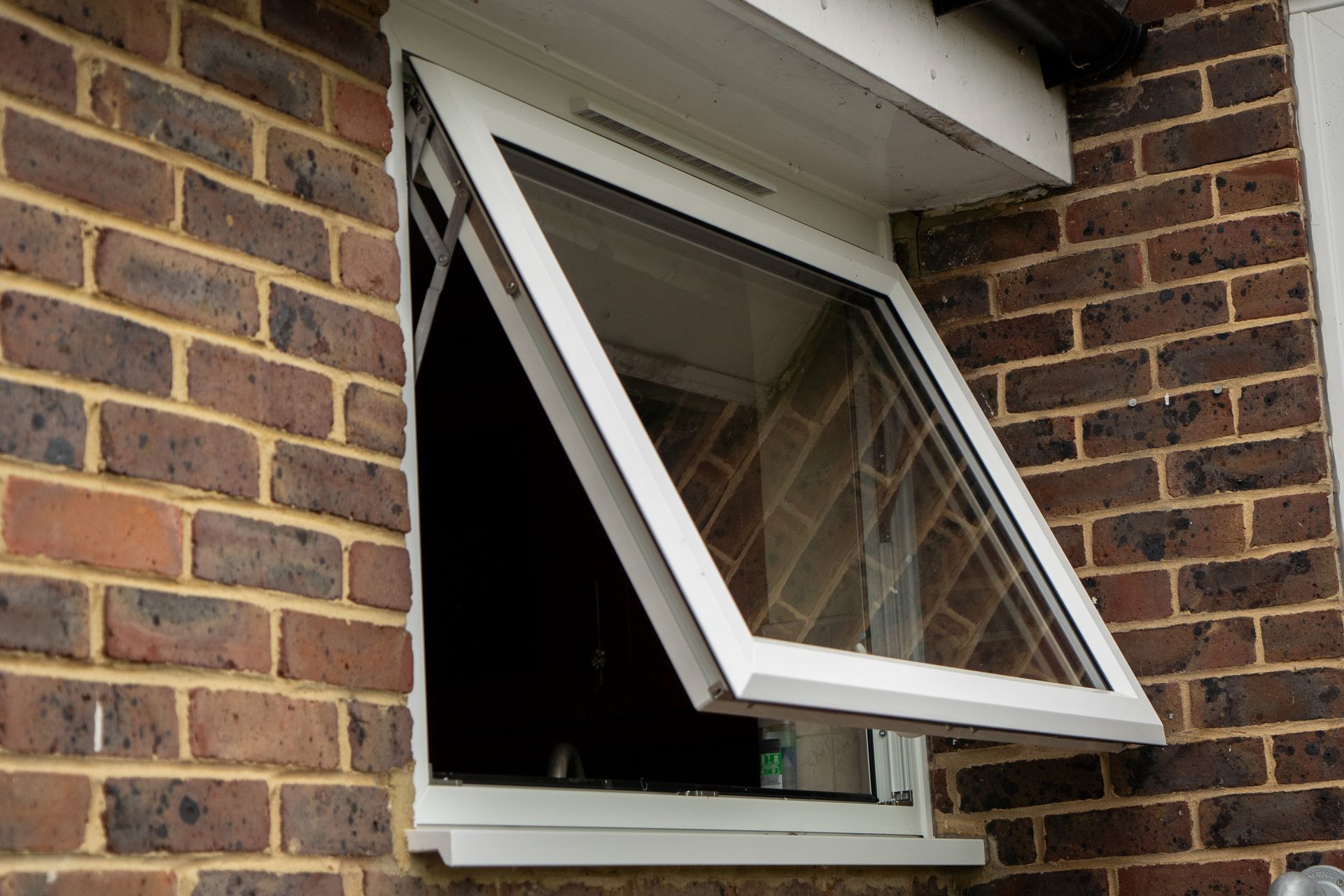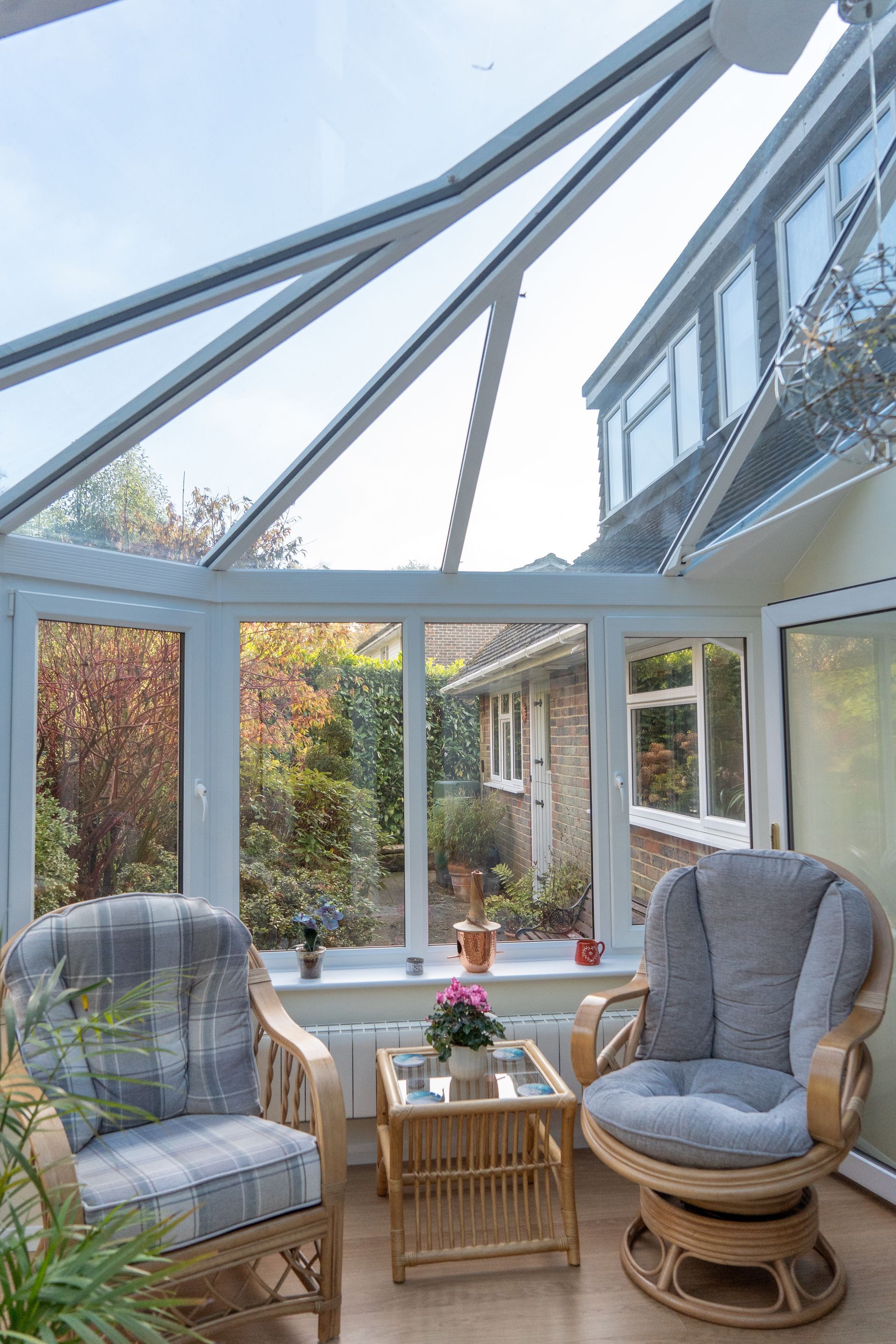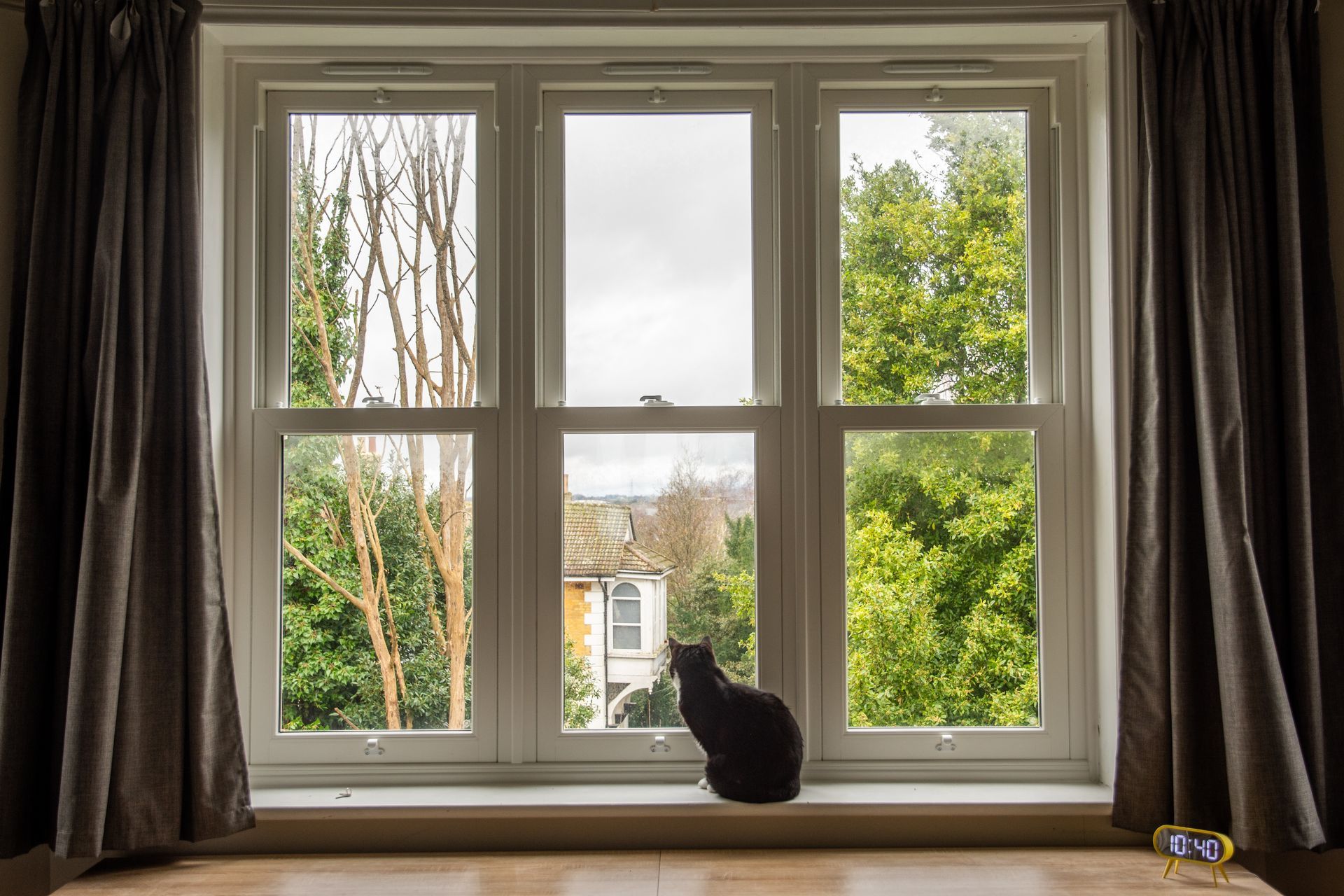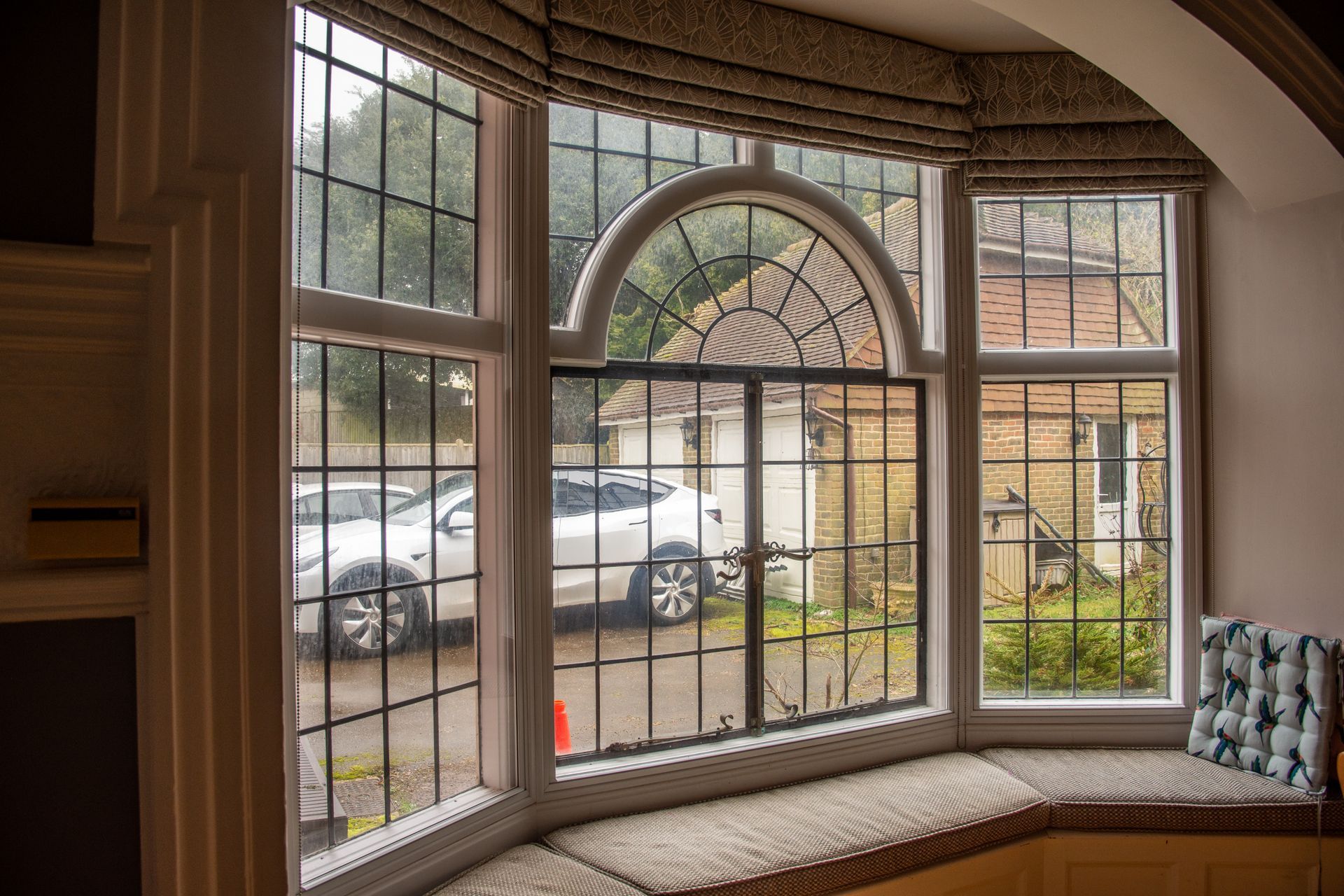Upgrading Your Home: The Environmental and Financial Benefits of Modern Windows and Doors
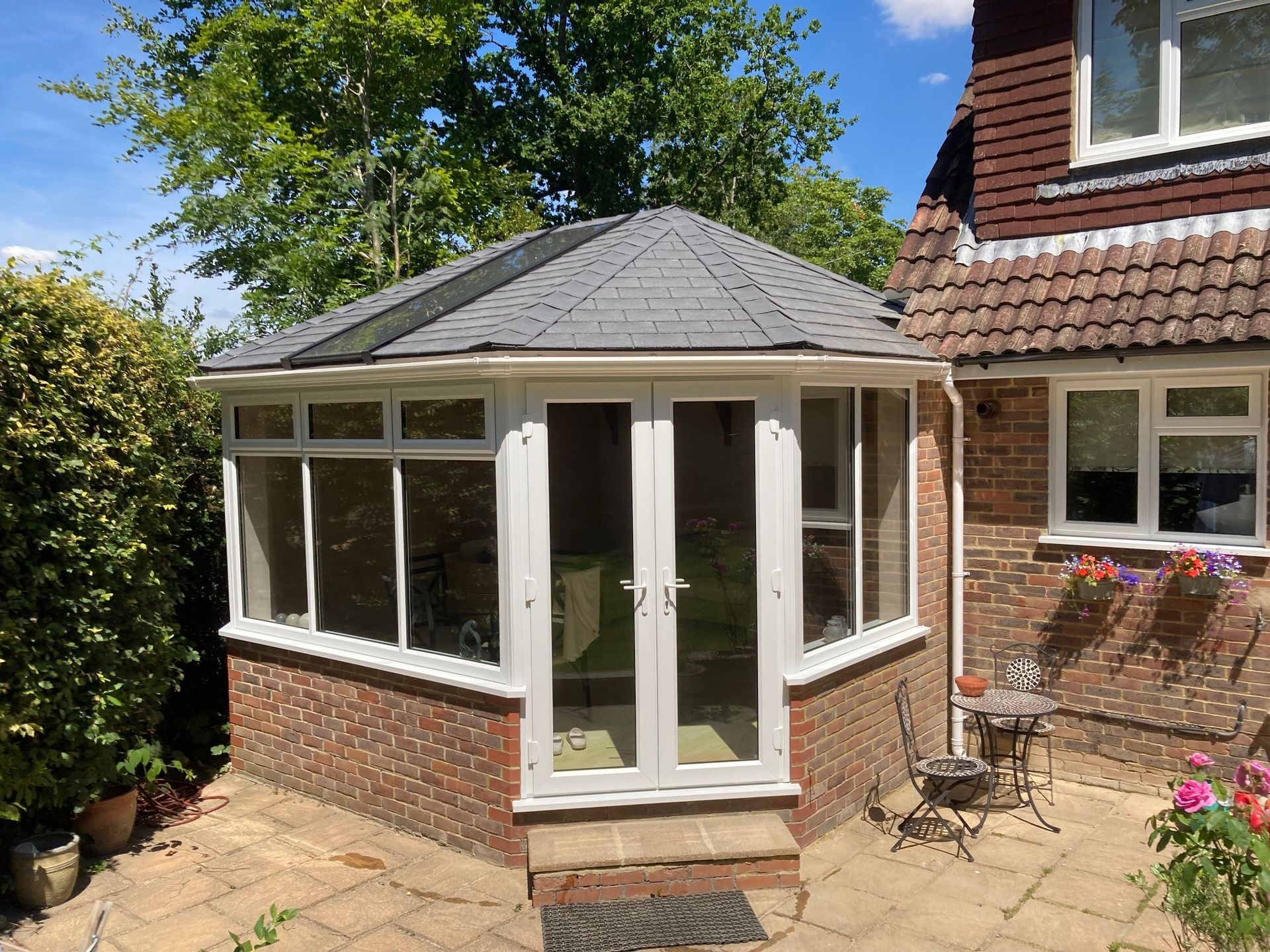
Improvements in the manufacturing and materials of modern windows and doors can significantly improve thermal efficiency, saving you money and contributing more to protecting the environment. Modern options include wood, PVCu, aluminium and composite GRP, each offering unique benefits.
Whilst many homes were originally built with wooden windows and doors, the features and manufacturing of modern materials have improved vastly to offer better insulation and durability. Wood is a natural insulator and retains heat very efficiently, but older windows/doors often suffer from moisture and insect damage, reducing efficiency.
At Insulation Services, we offer windows and doors crafted from Accoya wood. Accoya is sustainably sourced from responsibly managed forests and has a low carbon footprint. Due to the unique properties of Accoya, it is indigestible to a wide range of pests, providing a highly effective barrier to insect infestations. Further checks have been undertaken to ensure accoya wood is trusted not to swell, shrink or distort, remaining highly durable for 70 years plus.
Since 2002, new regulations require new windows and doors to be double glazed, replacing the single pane glass commonly used in older homes. Double and triple glazing combined with thicker frames, significantly improves the heat retention and thermal efficiency of modern windows.
A more cost-effective choice that still offers excellent energy efficiency is PVCu. Thanks to its multi-chambered frame, air is trapped inside to reduce heat transfer. The material itself is a low thermal conductor, helping your home stay warm by limiting heat loss. PVCu is also highly durable and weather resistant. It doesn’t absorb water, so it’s less likely to warp or lose shape over time. Its lightweight design puts less strain on hinges, helping your windows and doors function smoothly for years to come.
For those wanting slim sightlines and maximal glass space whilst ensuring thermal efficiency, aluminium is a great choice. Similarly to PVCu, aluminium windows feature chambered profiles that trap air to reduce heat transfer. Because aluminium is naturally a good heat conductor, a thermal break is incorporated to further minimize heat loss, ensuring aluminium windows meet modern energy efficiency standards.
Composite GRP is currently the top choice for thermally efficient doors on the market. These doors are made by compressing multiple materials under high pressure. They typically feature a solid timber inner frame (though not all models include timber) and a high-insulation foam core, all encased by a thick glass-reinforced plastic (GRP) skin on both sides—usually thicker than a standard PVCu door skin. Some of our doors also offer an optional steel mesh embedded within the foam core for added strength and security.
While thermal efficiency is important for saving money and protecting the environment, proper ventilation also plays a key role. Adding trickle vents to window frames ensures a steady flow of fresh air between indoors and outdoors. This continuous ventilation helps prevent moisture and condensation build up, reducing the risk of mould and damage inside your home.
Another effective way to reduce energy consumption in your home is by adding more windows. Roof windows offer a variety of styles to brighten your space with natural light, helping to lower your electricity usage.
In summary, upgrading to modern windows and doors offers significant potential to reduce energy costs and support environmental sustainability. Advances in manufacturing mean that all new windows and doors now meet high standards of thermal efficiency. While some materials offer superior performance, there are affordable options and styles available to suit both your budget and the character of your home. Additional features like trickle vents can also help protect your property by preventing moisture build-up, while roof windows are a great way to increase natural light and reduce reliance on artificial lighting.
